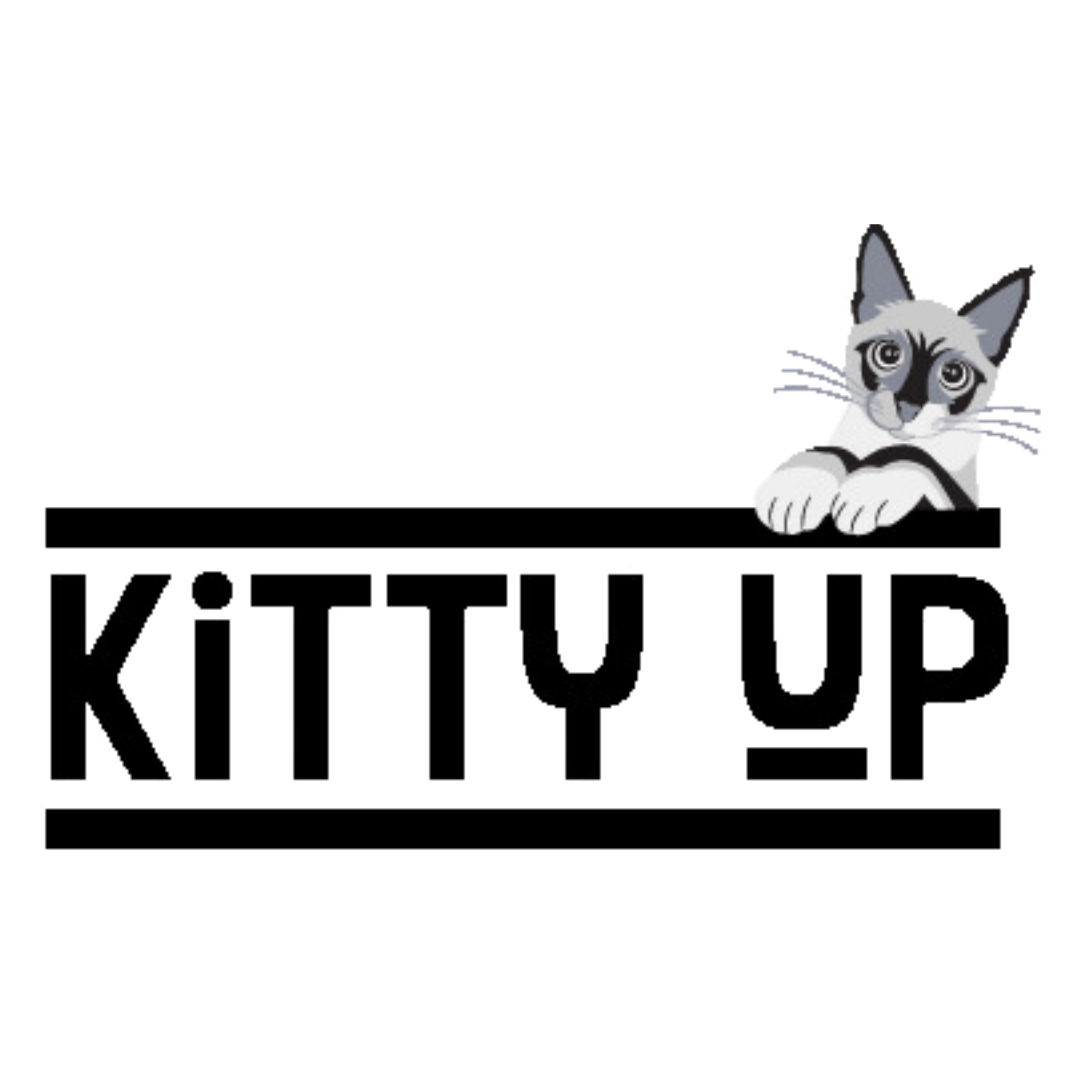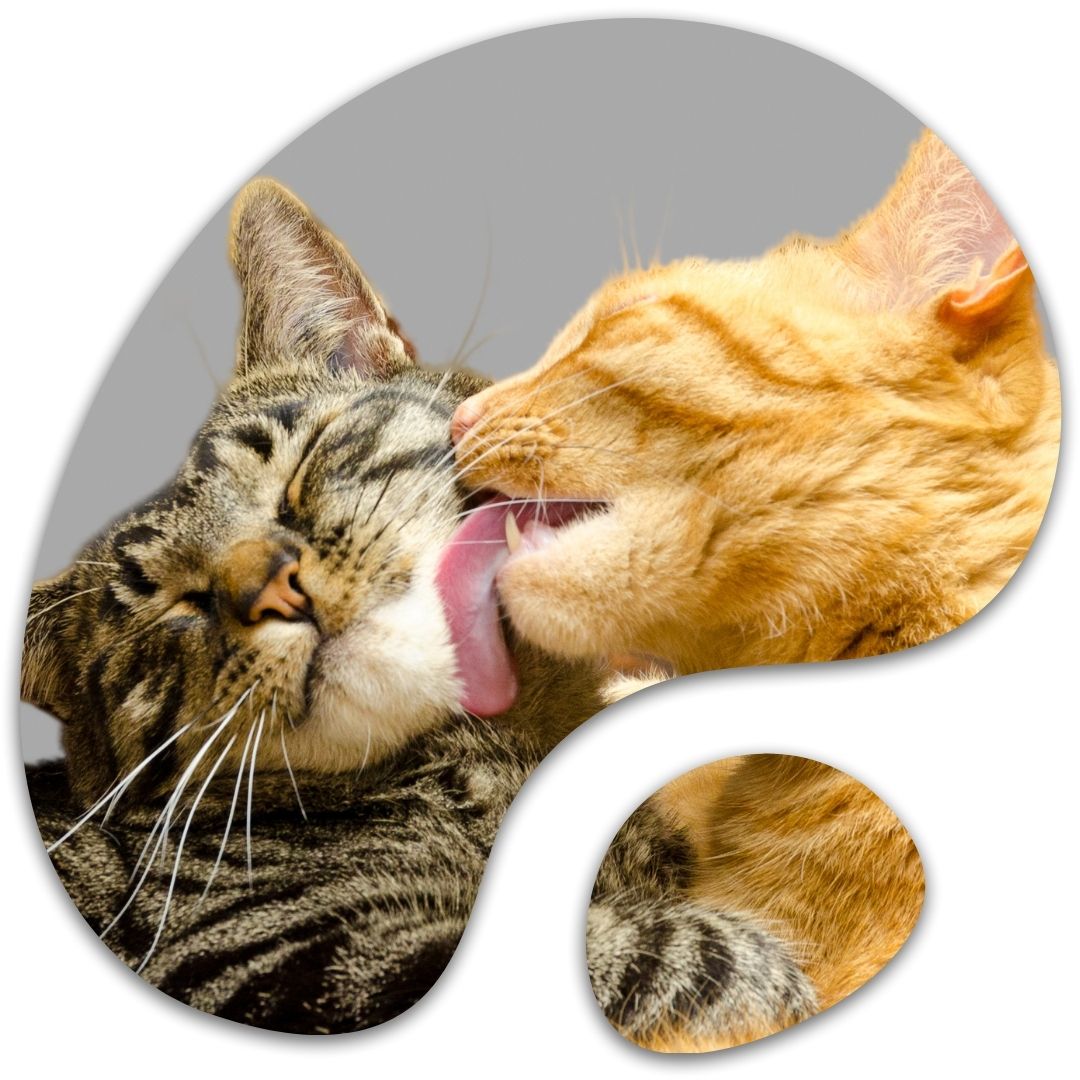
The Hidden Crisis of Feline Obesity Uncovered
Understanding Feline Obesity: A Growing Epidemic
Feline obesity is no longer a trivial concern or a comedic trope from social media. A cat health emergency exists—chronic, escalating, and vastly under-addressed. According to the Association for Pet Obesity Prevention, 60% of cats in the U.S. are overweight or obese. This isn’t just about a “chunky cat” looking cute—it’s about shorter lifespans, poor quality of life, and rising healthcare costs.
Once, people dismissed those few “extra pounds” as harmless. But now, pet parents are waking up to the danger hidden behind phrases like “fat cat” or “super obese cat.” Feline obesity silently chips away at a cat’s vitality.
What do we consider obese in cats?
The Importance of Body Condition Over the Scale
Veterinarians define obesity in cats as weighing 20% or more above their ideal body weight. However, the number on the scale doesn’t tell the whole story.
Normal cat weight varies by breed. An 8-pound Siamese can be healthy. A domestic shorthair can weigh 10 pounds or more and still be healthy.
Veterinarians use a Body Condition Score (BCS). This score is a visual and touch scale from 1 to 9. It helps them see how much body fat a cat has.
- 1-3 (Underweight): Ribs and spine visible; no fat cover
- 4-5 (Healthy weight for cats): Ribs are felt easily, visible waist from above
- 6-7 (Overweight): Ribs hard to feel; noticeable belly
- 8-9 (Obese): No waist; abdominal fat pad prominent
Reference: WSAVA Global Nutrition Committee
Use this cat obesity chart or a cat weight table to better understand where your cat falls.

How Much Should My Cat Weigh?
This is one of the most searched questions: “How much do cats weigh?” The answer depends on breed, gender, bone structure, and activity level. Here's a quick cat weight guide for common breeds:
Breed Healthy Weight Range Domestic Shorthair 8–10 lbs. Siamese 5–10 lbs. Persian7–12 lbs. Maine Coon 10–25 lbs.
The normal weight for a cat isn't one-size-fits-all. If you are asking, “Is my cat fat?” or “Is my cat overweight?”, your vet can help. They will check your cat's weight, muscle, and fat to find a healthy weight.
The Impact: Do Fat Cats Die Younger?
Yes—cat obesity significantly reduces lifespan. A normal-weight cat may live 15–20 years, while overweight cats often live only 10–15 years. Extra fat contributes to:
- Diabetes mellitus
- Hepatic lipidosis
- Arthritis and chronic joint pain
- Heart and liver disease
- FLUTD (Feline Lower Urinary Tract Disease)
- Anesthetic risk
“Obesity is not a cosmetic issue—it’s a disease state that affects every organ system.”
—Dr. Deborah Greco, DVM, Ph.D., DACVIM
Why Are So Many Cats Overweight?
Sedentary Lifestyles
The shift from outdoor hunters to indoor couch potatoes means lower activity levels and weight gain. Cats need daily stimulation and interactive play to burn calories.
Free Feeding & Carbs
Free feeding high-carb dry food is a major contributor. Cats are obligate carnivores. They need animal protein to thrive, not corn or wheat. Overeating grain-based food leads to insulin spikes, fat storage, and eventually, cat obesity.
Misleading Labels
Terms like “complete and balanced” often mask formulas full of fillers. Look past the marketing and examine the actual ingredients.
“Cats are desert carnivores. They were never built to eat corn or soy.”
—Dr. Lisa Pierson, DVM
Recognizing the Signs: Is Your Cat Overweight or Obese?
If you’re unsure, use a cat weight chart or consult a vet. Common signs of feline obesity include:
- Sagging belly or abdominal fat pad
- No visible waist when viewed from above
- Ribs are hard to feel without pressing
- Difficulty grooming, reduced flexibility
- Lethargy or decreased interest in play
Feline Obesity Recovery Plan
Step 1: Vet Consultation
Don’t try DIY weight loss. Rapid restriction can cause fatty liver syndrome.
Step 2: Nutrition Shift
Switch to high-protein, low-carb wet or raw food. Avoid kibble with corn, wheat, or soy.
Step 3: Portion Control
Feed your cat for their ideal weight, not current weight. A digital scale helps with accuracy.
Step 4: Exercise
Play is crucial. Use wand toys, treat puzzles, and encourage climbing for 15–20 minutes, twice daily.
Step 5: Track Progress
Use a cat weight loss tracker and check in with your vet. Weekly weigh-ins and photos help visualize success.
To help your cat lose weight, focus on lasting changes and keep track of their progress.
Final Thought: Feline Weight Loss is Lifesaving
Feline weight loss isn’t about vanity—it’s about giving your cat the life they deserve. If you’re asking, “How to help cat lose weight?” start with awareness, commitment, and vet-led care.
The aim isn't a thin cat. It's a lively, healthy, and content one. Every cat deserves not just to survive, but to thrive.
Share






